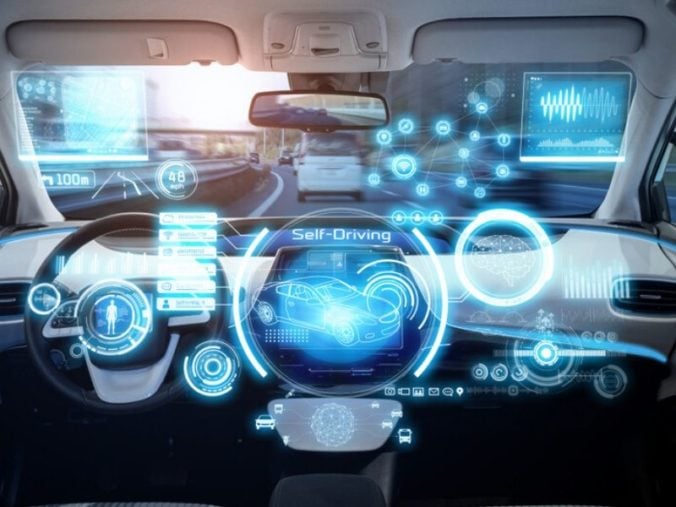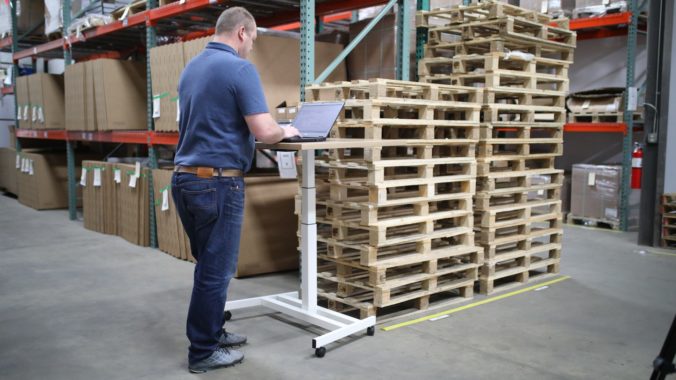As vehicle technology evolves, consumers are looking toward a future where cars do most of the work when it comes to driving. Tesla leads the market in self-driving vehicle production and advancements. That also means they take the lead when it comes to driver-assist related crashes.
According to Tesla, standard Autopilot is an advanced driver assistance system that is supposed to enhance safety and convenience behind the wheel. However, Tesla vehicles account for approximately 70 percent of reported driver-assist related crashes, according to federal studies.
The National Highway Traffic Safety Administration (NHTSA) reports that 273 accidents out of 392 driver assist related accidents involved a Tesla model. While Tesla had the most accidents by far, it is also the most popular, and therefore has the most vehicles with such technology on the road.
There were 6 fatalities reported in the data from the NHTSA, including 5 deaths related to Tesla vehicles and a pedestrian hit by one of their self-driving cars. The crash related property damage, personal injury, and deaths, have prompted federal officials to launch investigations.
These investigations have found Tesla’s advanced driver-assistance system, Autopilot, to shut down seconds before most crashes. Autopilot has been tied to fatal car crashes in Florida and California, but it’s suspected that failure of the system is responsible for even more deaths.
Most likely, there are hundreds of accidents that go unattributed to Tesla driver-assist failure, such as fender-benders or crashes caused by the autopark system failing, which is supposed to maneuver the vehicle into a parking space by controlling its speed, gear changes, and steering angle.
Then there are the more serious accidents, where vehicles catch fire due to uncontrolled contacts between different materials contained within the batteries that power the Tesla vehicles. These fires can lead to explosions resulting in even more catastrophic results
If you’ve been involved in an accident involving a Tesla model and are unsure who is at fault, contact our Bay Area auto accident lawyer to help you gather valuable information to help your case, so you can get the full compensation you deserve.
Tesla’s chief executive, Elon Musk, maintains that his vehicles are safer than the traditional cars on the road. He has tweeted that Tesla models running with the Autopilot feature have approximately 10 times lower chance of being involved in an accident than the average.
However, it should be noted that drivers must maintain control over their vehicles at all times, even when in Autopilot. In one Instance in 2016, a driver was killed when his Tesla failed to brake for a tractor-trailer truck making a left turn smashing into the semi-truck at full speed.
In another accident in 2021, a Tesla vehicle ignored a red light and crashed into a large tractor-trailer truck which dragged the vehicle for a considerable distance before coming to a stop. Fortunately, the driver and passengers survived the crash, but it could have been much worse.
Because the studies are so new, it is difficult to say whether or not the vehicles’ systems are responsible for the crashes or if it’s a matter of operator error. Tesla clearly states that Autopilot allows vehicles to steer, accelerate, and brake on their own, but it does not make the vehicles autonomous.



